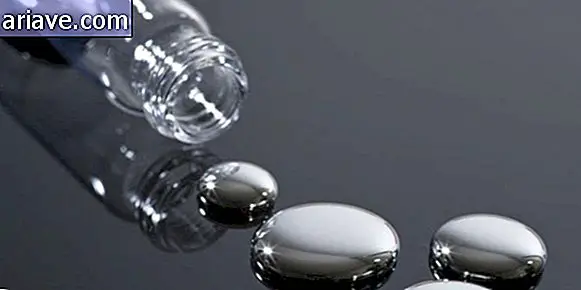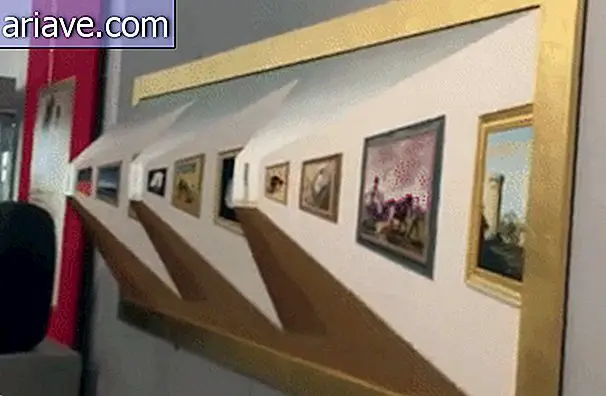How to use Pokémon to teach kids biology
If you're not in the mood for the new game of the moment and still can't see the good things the app has brought, let's move on to a new perspective: how about encouraging the little ones to study biology through the characters?
Life is that eternal “nothing is created, everything is copied” and could not be different with Pokémon. Several little creatures are inspired by animals and even real plants and you can take advantage of the subject to stimulate the study of biology!
1. Kabuto and the horseshoe crab: saving lives

Kabuto is a fossil Pokémon with a large brown shield covering the body. It has small red eyes and can be found in oceans.
The inspiration came from this different arthropod, which is related to spiders and scorpions. You may not know about the horseshoe crab, but the health industry has discovered this strange animal some time ago. Every year, more than 250, 000 specimens are removed from their habitat and taken to laboratories for blood extraction.

Interestingly, their blood is blue due to the presence of hemocyanin, which is similar to our hemoglobin and transports oxygen through cells. Scientists have found that a chemical found in their amoebocytes can detect and isolate bacterial contamination. Thus, the blood of these strange animals is used to test medical equipment and vaccines; Isn't it amazing?
Curiosity: 1 liter of horseshoe crab blood is worth $ 15, 000
When a bacteria is found, the substance coagulates and turns into a type of gel. Thus, scientists know if the material can be used on humans without problem, which prevents many deaths from infection.
Unfortunately, there is a downside to this story: There has been a large decrease in this arthropod in North America. Now, responsible companies can only take up to 30% of each animal's blood and return it to the wild.
2. Caterpie and the snake caterpillar: fooling the enemies

As soon as someone starts playing, one of the most featured Pokémon in the game is Caterpie, this nice green larva. It may seem harmless and unhelpful for battle, but its final evolution will result in a beautiful Butterfree.

In real life, the Papilio troilus, also called the snake caterpillar, is a very curious insect: do you know these eye-like structures? They are just a camouflage designed to scare other animals. As the caterpillar develops, it loses this trait and turns into a black-winged butterfly.

3. Poliwag and the Tadpoles: You Won't Like to Know

This nice little Pokémon was inspired by tadpoles. Do you know that spiral in their bellies? It corresponds to the intestine of these animals, which at this stage have the transparent ventral side.
4. Wooper and the axolot: cuteness everywhere

This cute creature is Ambystoma mexicanum, or axolot, a salamander that retains its outer gills for a lifetime. These animals have a great capacity for regeneration and are therefore widely used in laboratories.
The Pokemon Wooper is a water-type amphibian with gills on either side of its head.
5. Magikarp and Sebastes ruberrimus: very calm at this time

Belonging to the genus Sebastes, this fish is characterized by slow growth; Maybe that's why you need no less than 400 candies to evolve Magikarp in Pokémon GO.
6. Sandshrew and the Malaysian Pangolin: Rolling Up for Defense

Like the animal that inspired its creation, the Sandshrew is covered with scales and can curl up during a match.
Manis javanica, or Malay pangolin, is a native Asian mammal, has strong claws - which help to dig holes - and a long tongue like an anteater. It is a solitary animal with nocturnal habits. Unfortunately, this species is threatened with extinction due to the illegal trade of its meat: some believe that its scales are aphrodisiac.
7. Vileplume and the monster flower: a great parasite

Almost 1 meter in diameter and weighing over 10 kilograms, the Rafflesia arnoldii, or monster flower, impresses. Acting as a parasitic plant that extracts nutrients from tree roots, this species does not photosynthesize and also feeds on insects that get trapped in a sticky substance that it produces.
Despite its similar appearance, Vileplume uses toxic pollen to paralyze other Pokémon during battle.
8. Victreebel and Nepenthes truncata: beautiful and dangerous - at least for rats

Bellsprout's latest evolution, the Victreebel has this large leaf that extends over its head. This Pokémon attracts the victim and swallows it.
In real life, Nepenthes truncata is a carnivorous but much less dangerous plant. It is usually seen in the Philippines and can reach 4 meters in diameter. In September 2006, at the Botanical Gardens in Lyon, France, a plant of this species was found with a decaying mouse corpse.











